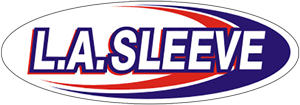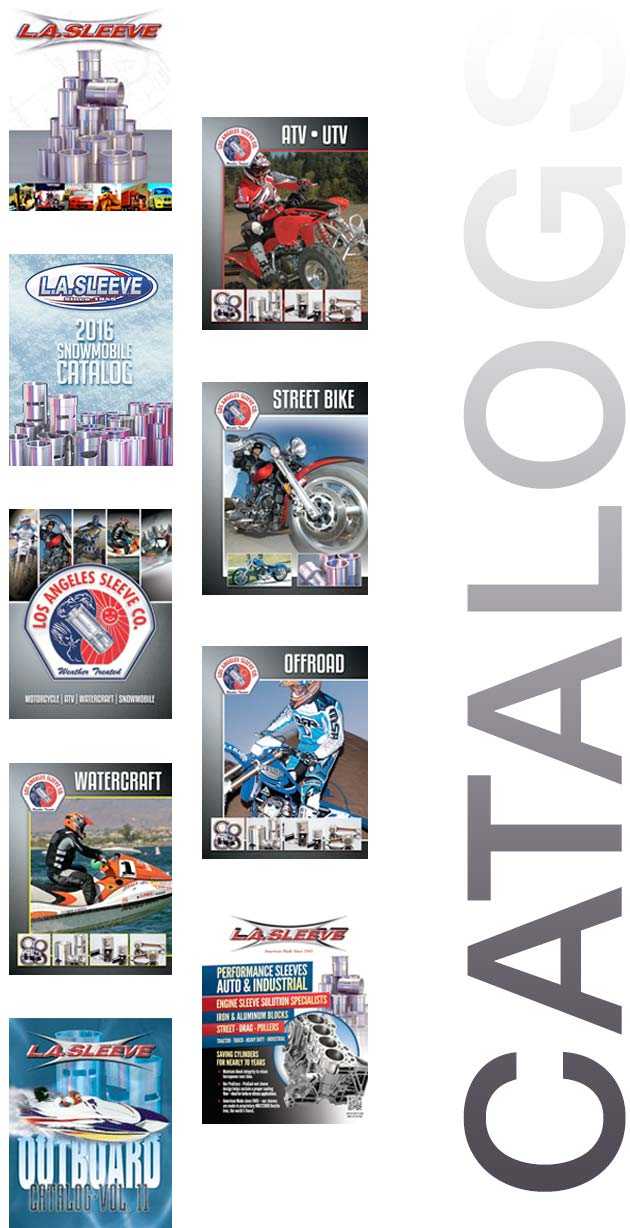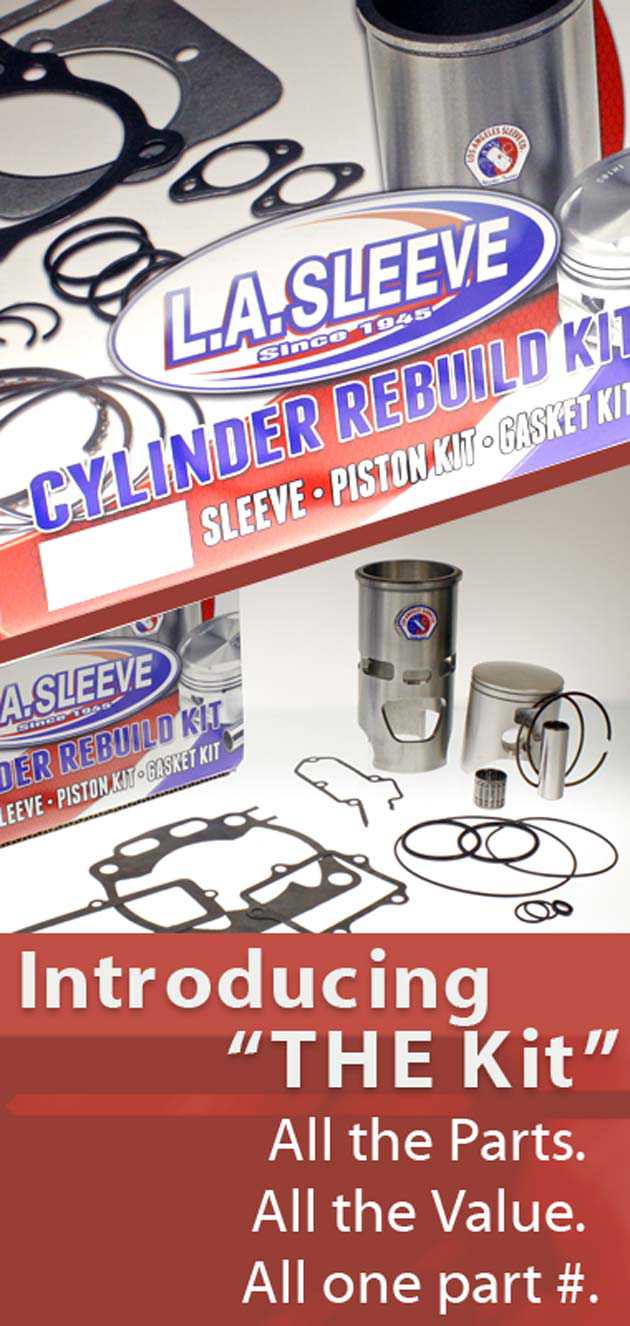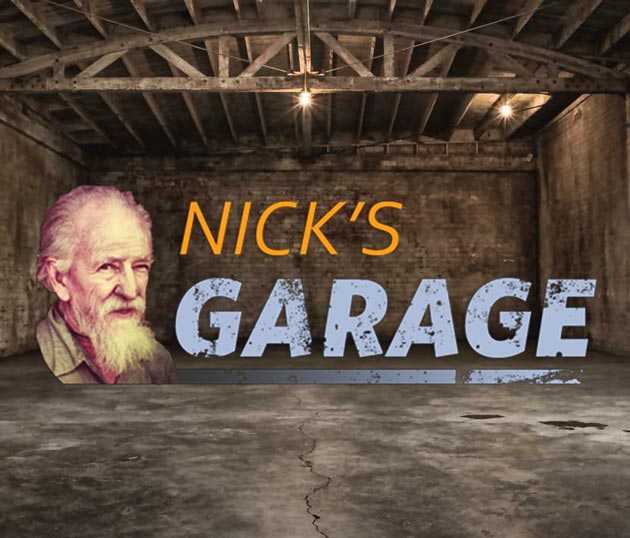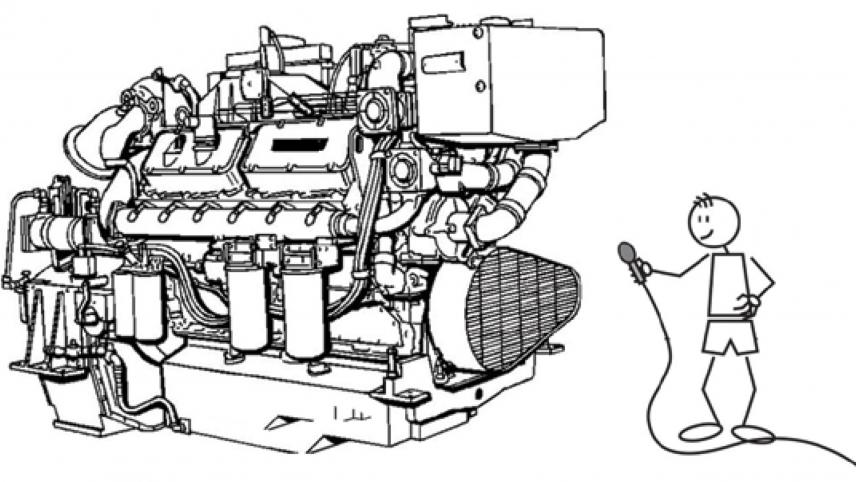MXA Product Test: Pro-X Top-End Rebuild Kit…
by L.A.SLEEVE
MXA PRODUCT TEST: PRO-X TOP-END REBUILD KIT: Piston, Rings, Gaskets, Clutch With L.A. Sleeve Head Work
(Full review online at Motocross Action Magazine [url=http://motocrossactionmag.com]http://motocrossactionmag.com[/url]):
nWHAT IS IT? This is an OEM quality rebuild for when your race horse starts to slow down.
WHAT'S IT COST? $147.91 (piston kit), $150.89 each (titanium valves), $23.93 (clutch springs), $72.26 (clutch inner hub), $46.28 (clutch pressure plate), $152.66 (clutch friction plates) and $500 (L.A. Sleeve porting with radius valve job).
CONTACT? www.lasleeve.com : 1-800-822-6005
WHAT'S IT DO? When our 2009 Suzuki RM-Z450 began to get a little long in the tooth (around 40 hours), we decided to rebuild it. Our search for OEM equivalent parts brought us to ProX Racing. ProX was founded in 1975 and has established a product line of engine parts that are predominately OEM equivalents. We didn't go whole hog, but instead decided to have our tired RM-Z450 engine rebuilt with ProX valves, piston and clutch parts, while having L.A. Sleeve (which carries ProX parts) do the head work.
We dyno'ed our RM-Z450 the day before we tore it down and again the day we put it back together.
WHAT STANDS OUT? Here's a list of things that stand out with our ProX and L.A. Sleeve rebuild kit.
(1) Piston kit. Thanks to their Japanese OEM suppliers, ProX's CNC-machined piston utilizes the same low-expansion, low-friction, aluminum alloy as the stock piston. The piston kit comes with rings, wrist pin and circlips. Additionally, they offer four different oversized pistons.
(2) Valves. The valves are one-piece, forged, European-made, titanium units with a special anti-friction coating.
(3) Clutch. The ProX clutch parts are machined, heat-treated and hard-anodized. ProX clutch kits come with installation hardware included.
(4) Head. L.A. Sleeve flow ported the head and performed a five-angle radius valve job. We felt that it was best to get the valve seats cut to match the new valves.
(5) Power gains. Our stock Suzuki (with a Vance and Hines exhaust) went from 51.67 horsepower at 9000 rpm to 52.85 horsepower at 8700 rpm. Torque increased from 33.20 foot-pounds to 34.23 foot-pounds. Our rebuild increased both horsepower and torque across the board. Both MXA's and L.A. Sleeve's dyno runs showed a one horsepower and one foot-pound of torque improvement everywhere in the powerband (from 5000 rpm to 10,000 rpm). This is typical of what a worn engine costs in horsepower. As a rule of thumb, old engines lose one to two horsepower.
